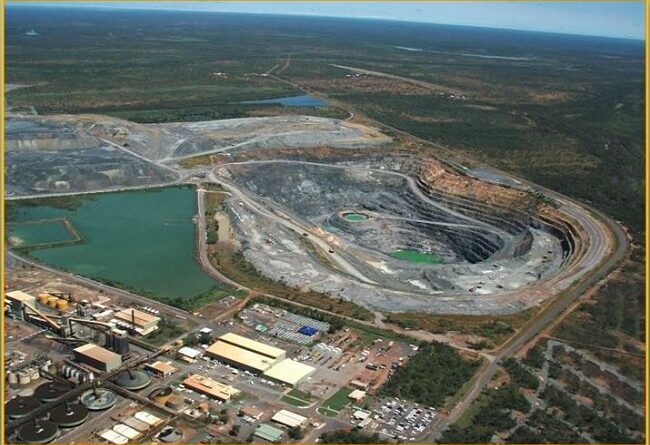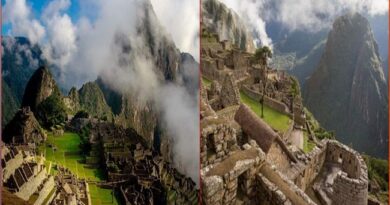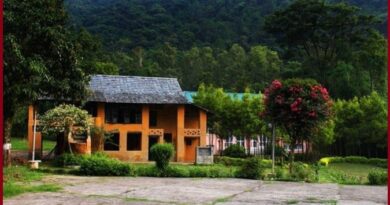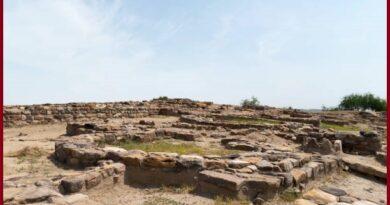World’s Largest Uranium mine ‘The Olympic Dam mine’ having 2000 million tons of ore with huge operation facility

Olympic dam copper-uranium mine is one of the world’s biggest polymetallic ore bodies and also one of the largest copper deposits. The underground mine is made up of more than 450 kilometers of underground roads and tunnels. Ore mined underground is hauled by an automated train system to crushing, storage, and ore hoisting facilities.
The deposit was discovered in 1975 by Western Mining Corporation Ltd which was looking for copper in buried sedimentary rocks. After considering geophysical data a drill hole was sunk near a small stock water dam known as Olympic Dam. It struck copper, and later drilling confirmed a resource of more than 2000 million tons of ore containing both copper and uranium. From 1979 the deposit was evaluated as a Joint Venture with British Petroleum Ltd. In 1985 it was decided to proceed with the project, and production commenced in 1988.
Geology and Host Rock
Olympic Dam is on the eastern margin of the Gawler Craton and is one of the world’s most significant deposits of copper, gold, silver, and uranium. The deposit is unconformably overlain by about 300 m of Neoproterozoic to Cambrian age, flat-lying sedimentary rocks of the Stuart Shelf. The deposit is hosted within the Olympic Dam Breccia Complex, occurring entirely within the Roxby Downs Granite.

Mineralization is contained within a granite-hosted breccia complex. The principal copper-bearing minerals in the deposit are chalcopyrite, bornite, and chalcocite, occurring as disseminated grains, veinlets, and fragments with breccias zones. Gold typically occurs as extremely fine particles within and associated with the copper sulfide grains.
Also read- The Most Easterly part of Australia’s Mainland- ‘The Byron Bay’ A Spectacular Coastal trails with Stunning beaches
Its capacity is 350000 tpa of copper and 4,300 tpa of uranium, plus gold and silver. Once fully complete, the expansion would have made Olympic Dam the biggest mine in the world.

As of June 2018, the proven and probable underground sulfide reserves at Olympic Dam were estimated to be 500Mt grading 2.00% copper, 0.6 kilograms per ton uranium, 0.71 grams per ton (g/t) gold, and 4.5g/t silver.



